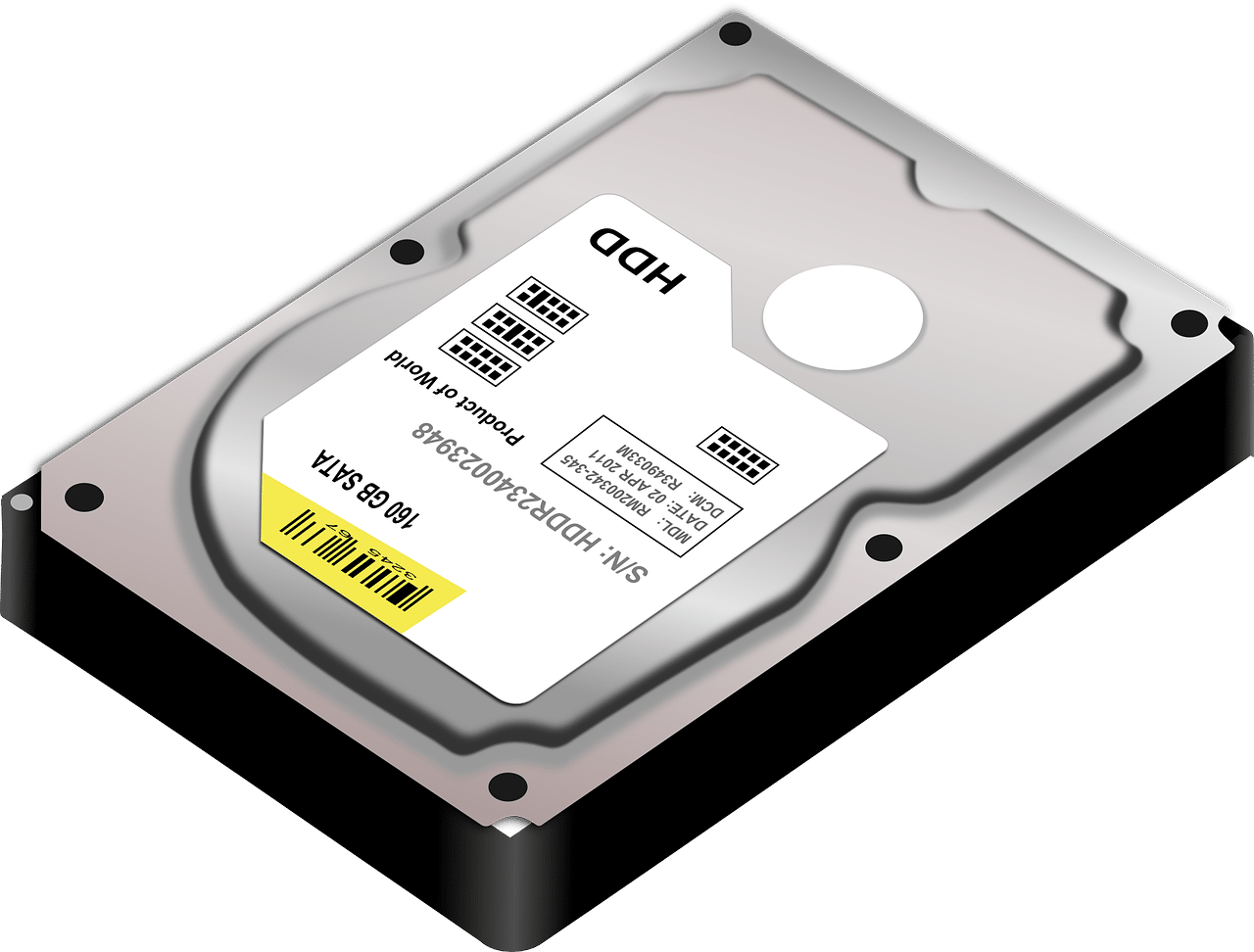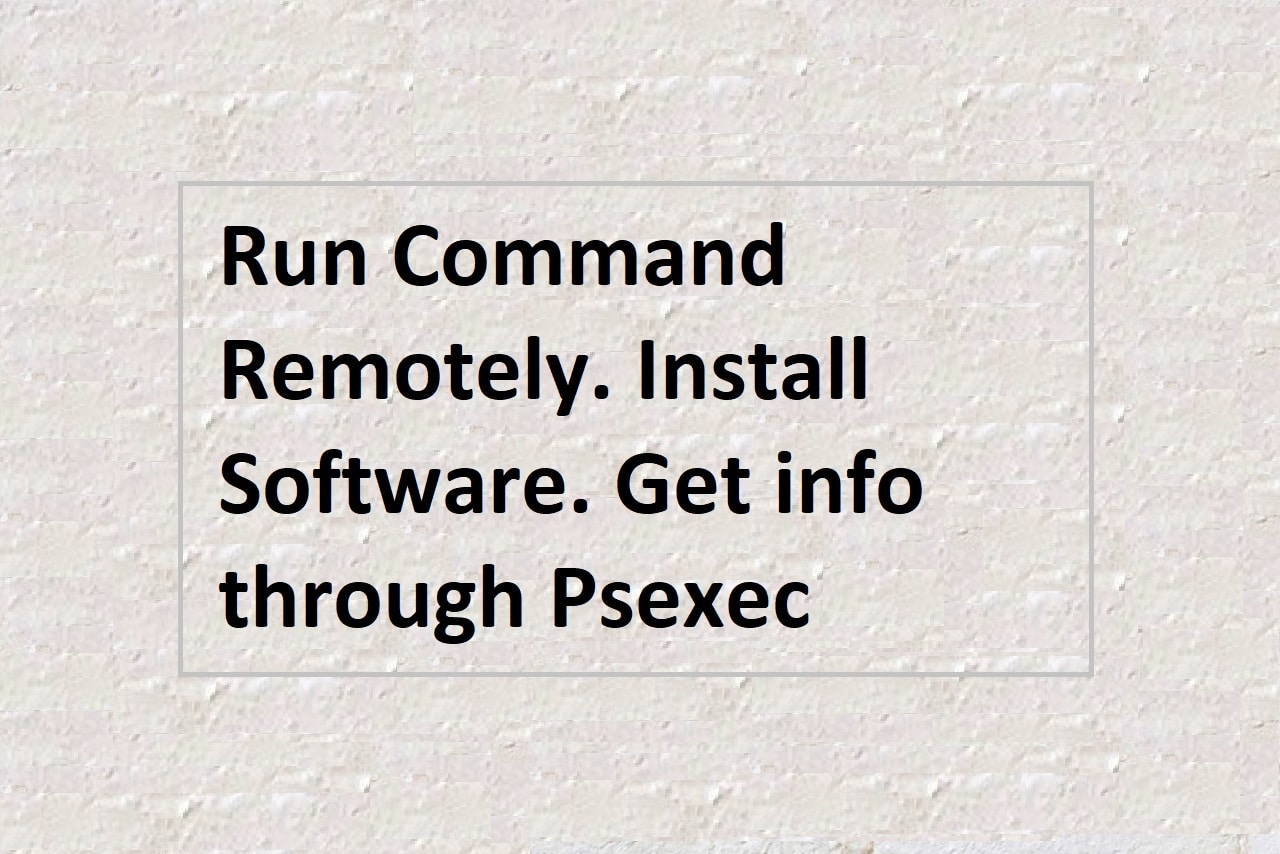
Overview
It’s crucial to maintain track of the drives and the data they contain on a Windows system. You can get information about your disks using the potent tool Windows Management Instrumentation Command-line (WMIC).
For obtaining details on logical drives in a Windows system, WMIC is a potent tool. You may quickly retrieve information about your drives and guarantee that you have a thorough understanding of the drives in your system by utilizing the fundamental commands outlined in this article. WMIC makes it simple to access the information you require, whether you need to inspect the file system, monitor drive space, or retrieve other data. In this post, we’ll examine the fundamental WMIC procedures for getting data about logical drives.
Listing Drives:
The first command we will look at is the “wmic logicaldisk get name” command. This command lists all the drives in a Windows system, including local and network drives. The syntax of the command is:
wmic logicaldisk get nameThis command will return a list of all the drives, each on a separate line.
Retrieving Detailed Information:
The second command, “wmic logicaldisk list brief,” provides detailed information about each drive. The syntax of the command is:
wmic logicaldisk list briefThis command will return a list of all the drives, along with information such as the drive type, file system, volume name, size, and more.
Other WMIC Commands for Logical Disks:
Here are some additional WMIC commands for retrieving information about logical disks:
wmic logicaldisk get captionThis command retrieves the caption for each logical disk.
wmic logicaldisk get freeSpaceThis command retrieves the free space available on each logical disk.
wmic logicaldisk get sizeThis command retrieves the size of each logical disk.
wmic logicaldisk get fileSystemThis command retrieves the file system of each logical disk.


